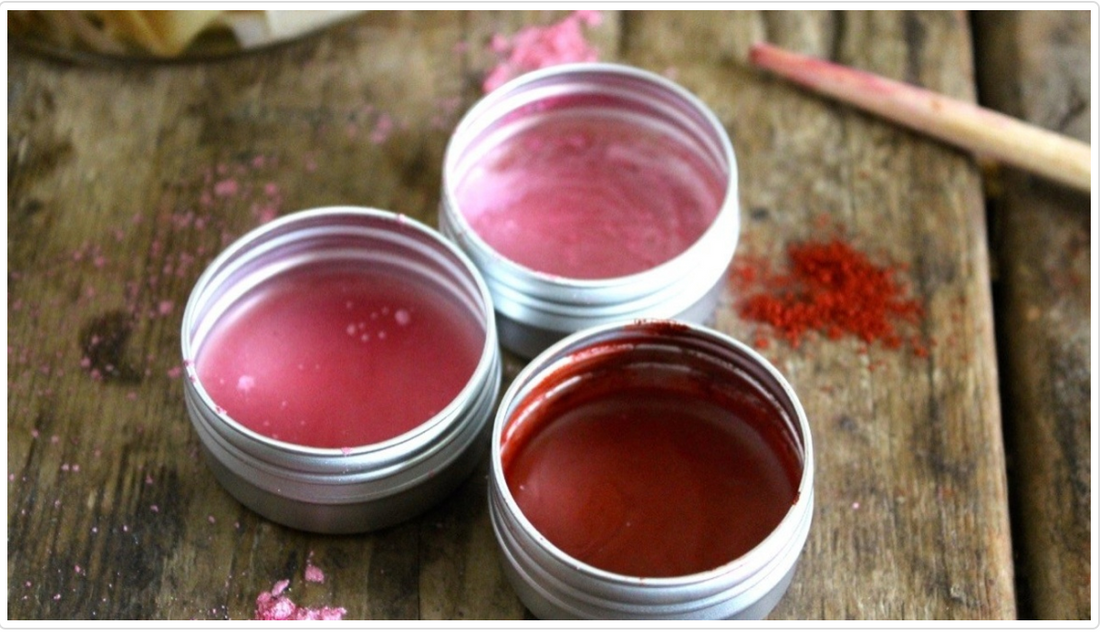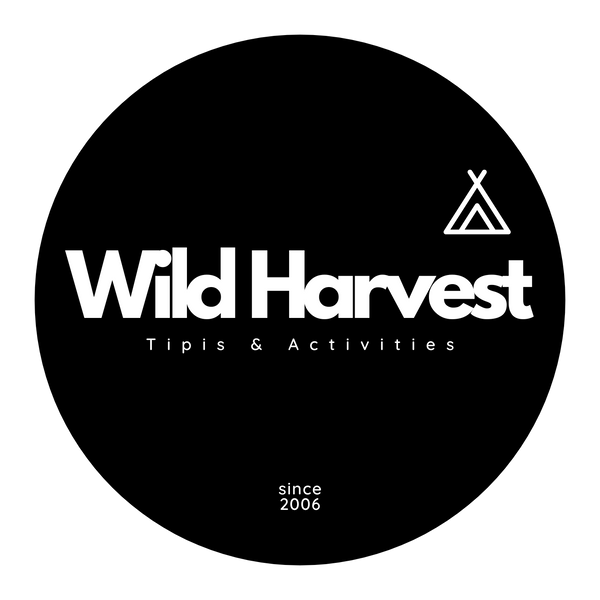
How To Make Your Own Lip Balm
Our lip balm making sessions give guests two tins of scented tinted lip balm that can also be used as cream blusher/cheek tint. The session lasts around one hour and guests can mix their own natural perfume and colour in the pot before the luxurious creamy balm is poured in read to stir and set.
Why make your own lip balm?
Whether winter or summer our lips can get dry. Central heating combined with cold weather in winter or sunshine and warm wind in the summer can result in our lips drying out easily as they have no sebum oil glands like the rest of our skin. Absent-mindedly licking them then makes this worse to the point our lips can become sore and even crack.
Some people use lip balm to prevent this happening or if you're like me and forget, use it to try to repair cracked lips after they have dried. Either way, if you use shop bought lip balm have you ever thought about what you are licking off your lips for hours each day?
Most lip balms, big brands especially, use mineral oil and waxes due to these being cheap, odourless, colourless and in plentiful supply. Mineral oil is a by-product of the petrol industry. Most E.U mineral oil that is used in the toiletries industry is well-refined and the carcinogenic pollutants screened out but products made from mineral oil of non-E.U countries can’t be guaranteed to be free of toxic pollutants from the petrol industry and although small in the ‘parts per million’ figures for a single use application - over a lifetime of repeated use can accumulate in human tissue and organs.
GET MY EBOOK ON SELF-SUFFICIENCY SKILLS HERE
Do you really want to be licking a by-product of the petrol industry off your lips each day? Growing up with a chemist as a father I learned to read labels on products from an early age and how to replace them with various mixes of common household ingredients.

So now, at Wild Harvest we teach you to look around at other fats, waxes and oils that can do the same job for your lips as those in mass produced shop-bought products - naturally and just as effectively. Unlike lots of companies who use cocoa and shea butters in their balms we work with lanolin, vegetable fat, beeswax and sunflower or rapeseed oils because we believe no beauty product should contain thousands of ‘beauty miles’. Nature has provided us, here in our temperate climate, with enough plants, nuts, seeds and animal by-products (lanolin and beeswax don’t hurt the animals or come from their death) to see to our own health, nutrition and beauty locally without stripping the natural resources or water table of developing countries and burning fossil fuel to get those ingredients here.
The very basic recipe involves only two ingredients a wax and an oil in a 1:5 part ratio, but here at Wild Harvest and because, in the words of L'Oreal 'you're worth it' we have added three more secret ingredients to our recipe to make our natural lip balm even more nourishing. All natural and all native. Be a naturally native beauty and make your own lip balm from local ingredients.
If you are a student in our online Wild Beauty Course you will also see links to the vegan version without beeswax or lanolin.
Make Your Own Lip Balms with Wild Harvest School either in our group activities sessions ideal for hen parties or birthdays or as part of our Wild Beauty Online course.
GET MY EBOOK FULL OF SELF-SUFFICIENCY SKILLS HERE




